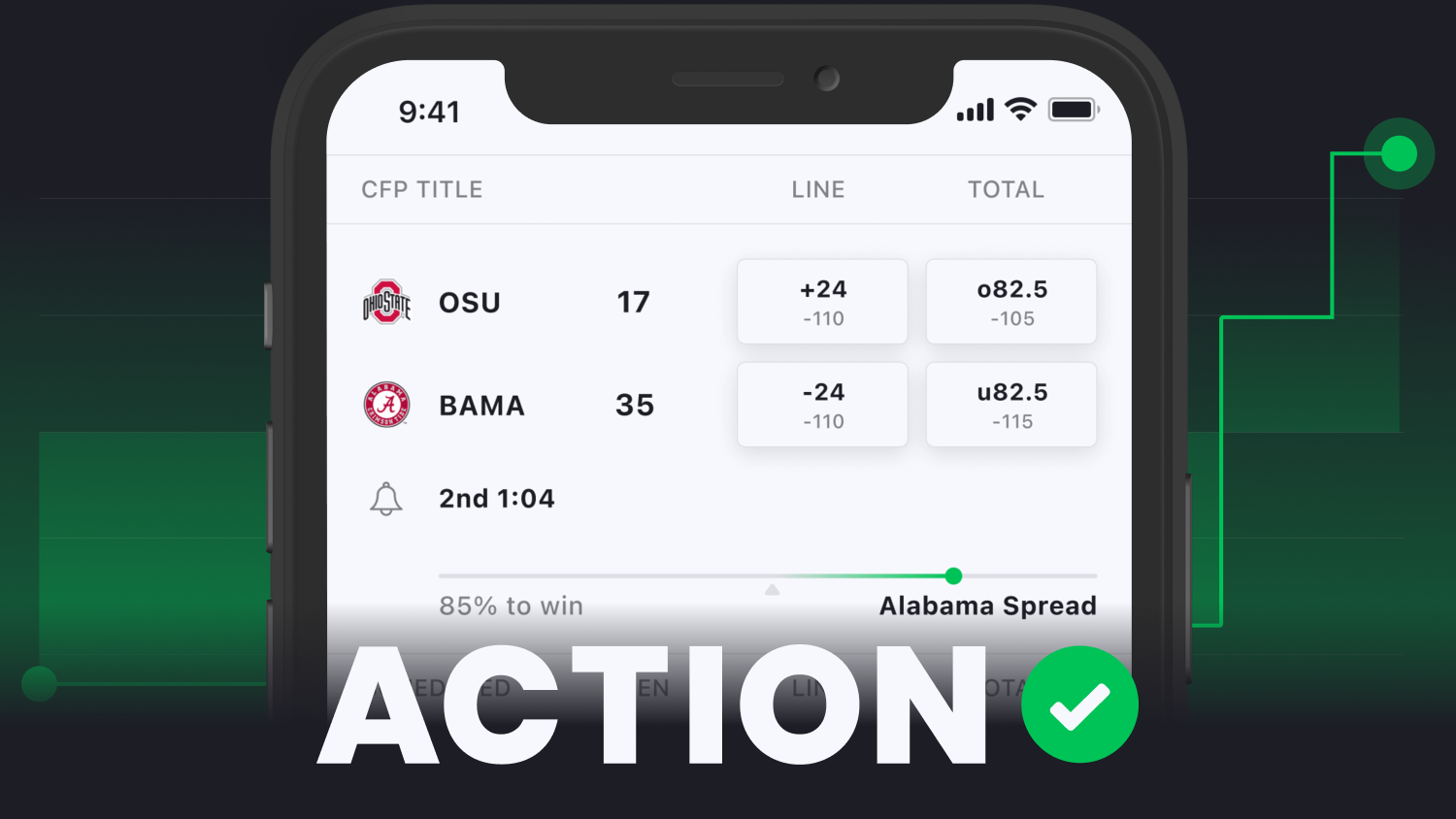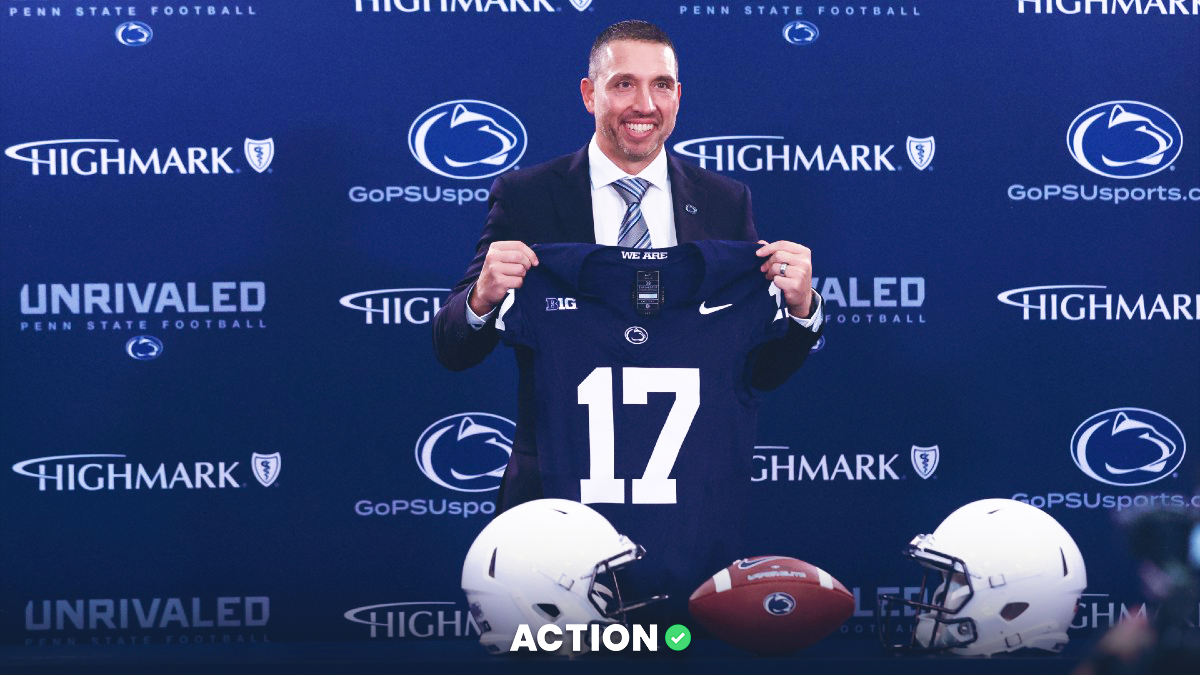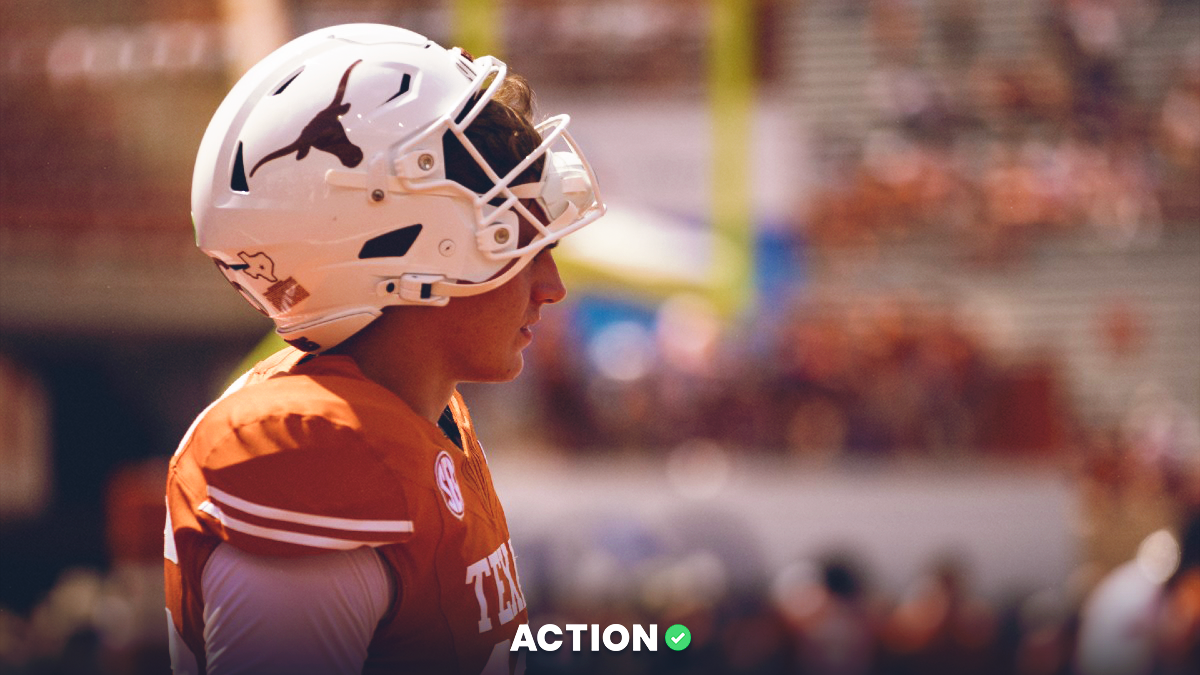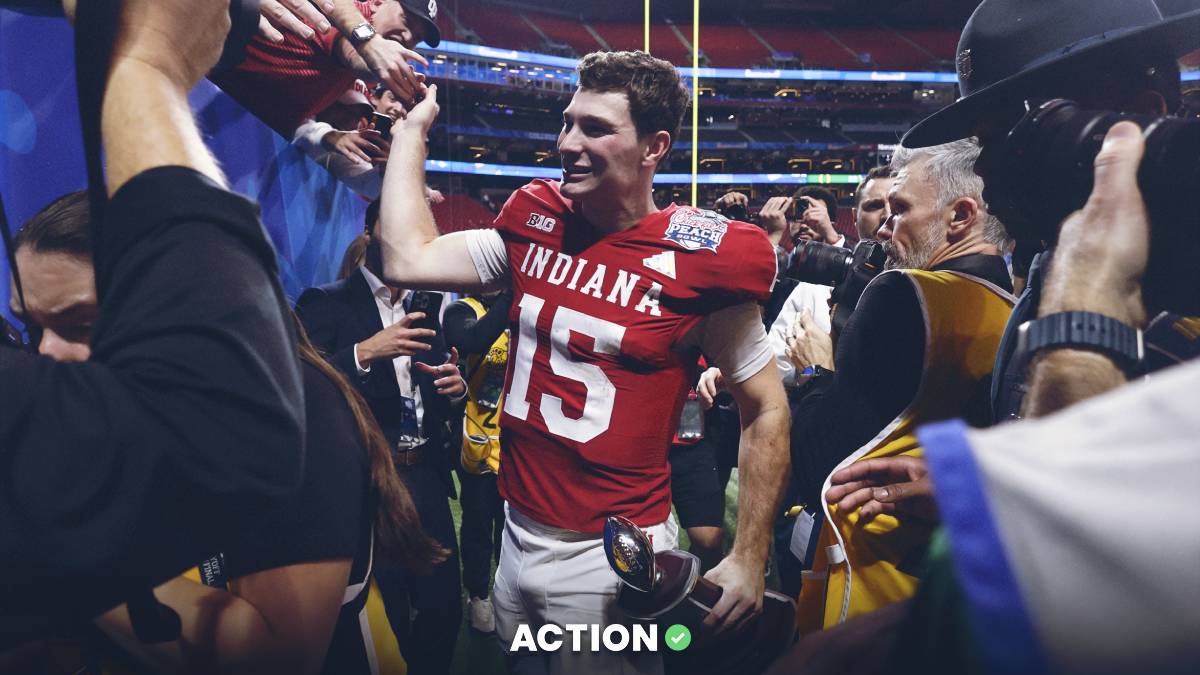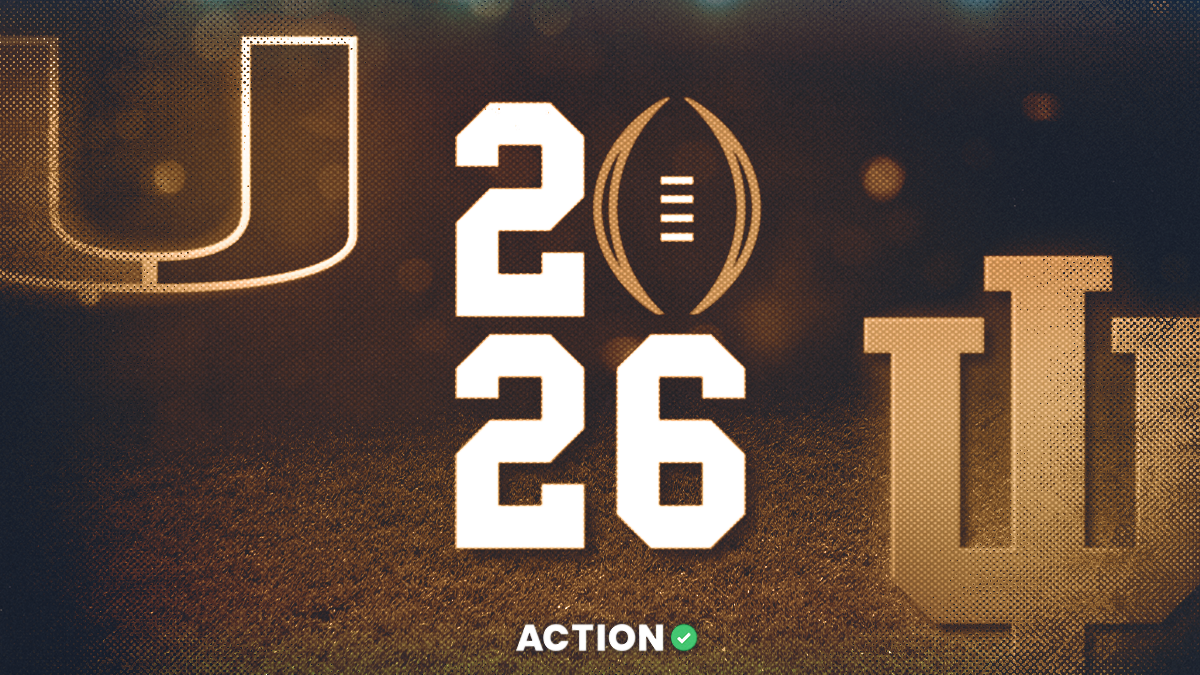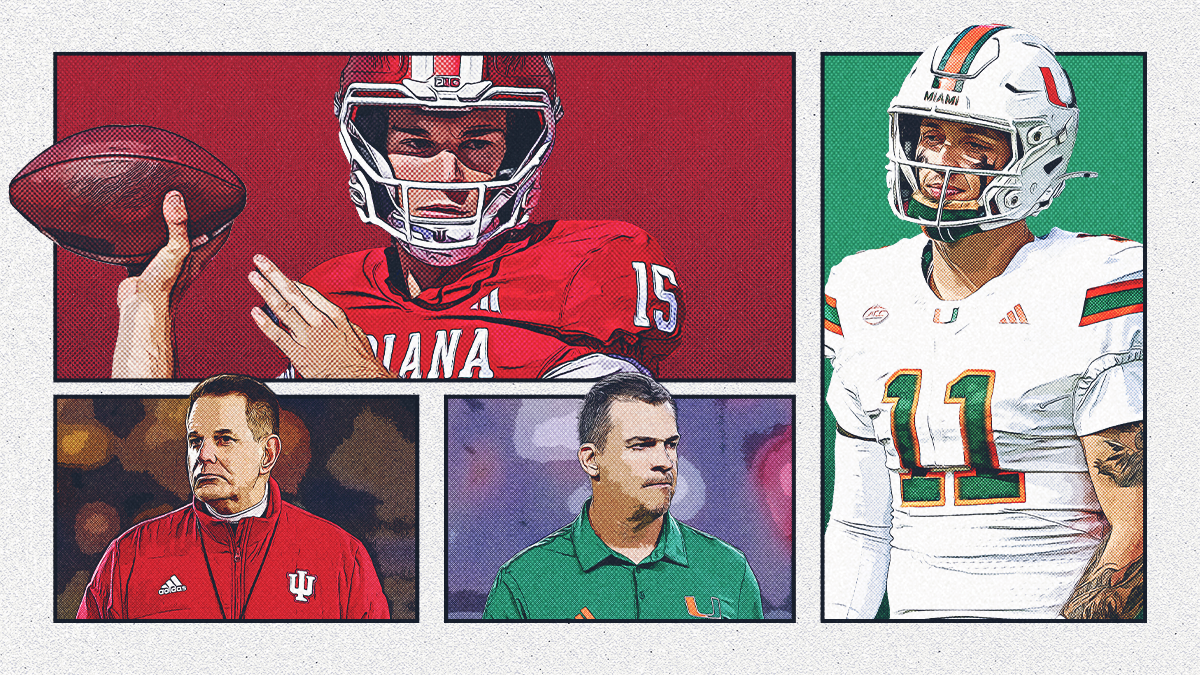In 2016, Troy, a 35-point underdog, trailed No. 2 Clemson, 10-3, midway through the second quarter. Troy faced fourth-and-1 at its own 34. The safe play was to punt because a failed fourth down certainly would lead to another Clemson score.
Trojans coach Neal Brown knew “the book” suggested going for it. He did, and Troy’s Jabir Frye ran a jet sweep around the right end for a 66-yard touchdown.
“The book” was correct again.
Clemson held on for a 30-24 victory, but “the book” had helped Troy nearly pull off the monumental upset.
“When you’re playing someone and you’re a heavy underdog, you’re more aggressive,” said Brown, now at West Virginia. “The crowd’s going crazy: ‘Go for it! Go for it!’ But you’ve already made that decision, so you’re not swayed by the emotions of the game. The thing I like about ‘the book’ is it takes out the emotions.”
“The book” is the brainchild of Mike McRoberts, the founder and president of Championship Analytics, Inc. (CAI). It arguably has had one of the biggest impacts on college football in the past 10 years. CAI’s client base has grown from one college program in 2013 to more than 170 NFL, FBS, FCS, small college and high school programs this season.
Last year, 13 of the top 25 teams in the College Football Playoff selection committee’s final rankings were CAI clients, along with 11 of the 20 teams that played in conference championship games.
The mad scientist of “the book” is 47 years old. McRoberts admits he had no background in sports when he got started. His athletic career peaked playing intramurals at Northwestern.
McRoberts was a huge football fan, but one thing always struck him while watching games: coaches continually made strategic decisions “that didn’t seem quite right to me.”
McRoberts started “digging into the numbers, and the math didn’t back up” what coaches were doing on fourth downs, how they used timeouts and attempted two-point conversions.
“There were a couple of people doing blogs writing about this, but there were no tools out there that would help the coaches in real-time,” McRoberts said. “It’s complicated (for a coach) to have to be thinking about a number of these variables in-game.”
McRoberts put his Northwestern biomedical engineering degree to use. He started crunching the numbers of individual teams, considering several factors: point spreads, a team’s win probability, fourth-down conversion rates, team personnel, team strengths, you name it.
“I messed around with it for a year-and-a-half,” McRoberts said. “Then I realized technology wasn’t allowed in the (coaching) booth.”
And that’s how “the book” was created. In 2016, McRoberts patented his creation, “The CAI Game Book” (U.S. patent No. 9424615).
Actually, the CAI Game Book isn’t a book. It’s a series of multicolor-coded charts, customized weekly with game-management and statistically optimal recommendations for each fourth down, punt or field goal decision based on time remaining, game score and team-related facts for every conceivable situation.
“The coaches are only looking at one chart at a time,” McRoberts said. “It’s not like Mission Impossible.”
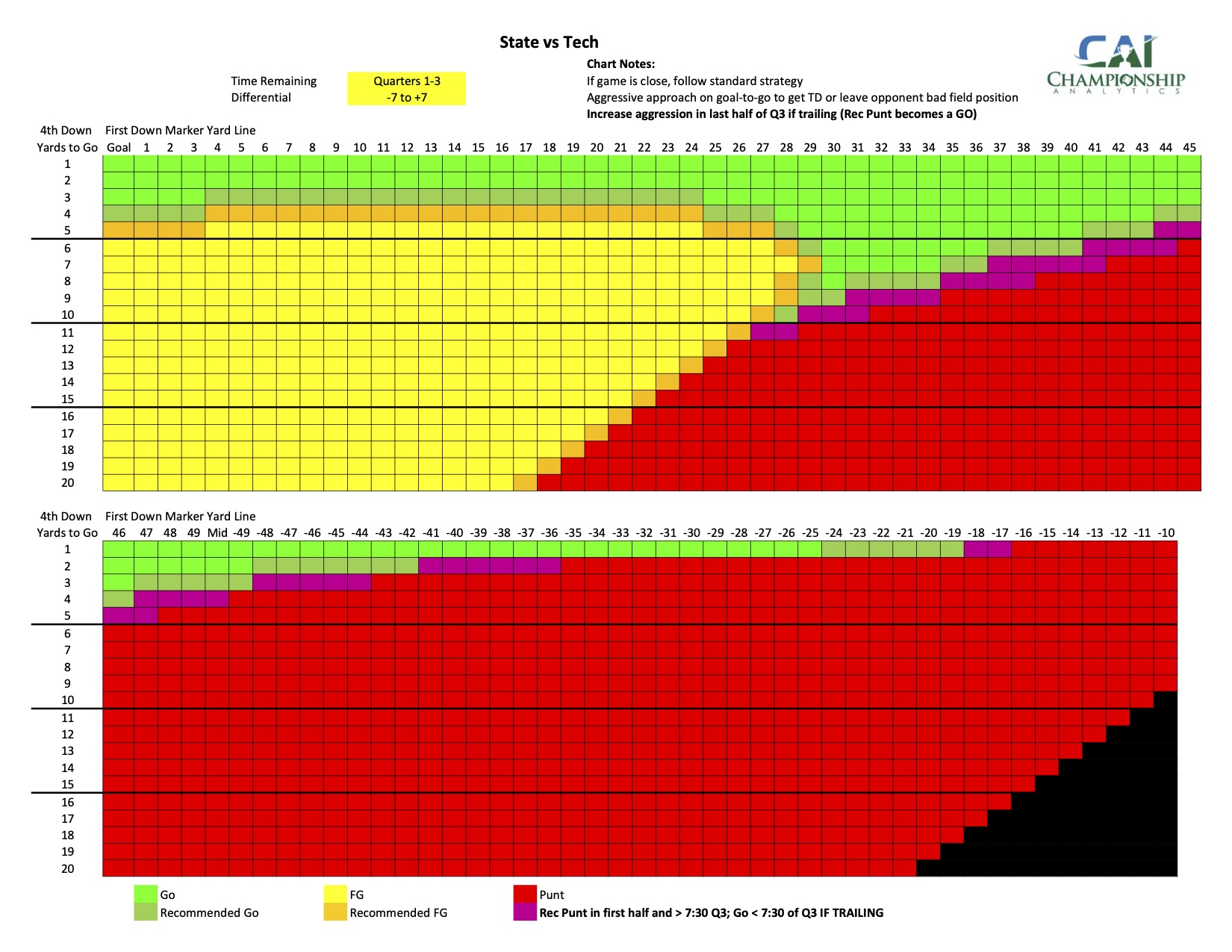 |
Pictured: A sample chart from CAI.
Back in 2013, it seemed impossible McRoberts could make a living at this. That year, he mailed his charts to more than 100 college programs and six NFL teams. Troy University was the only one that responded.
“I was a math major, so I was intrigued by it,” then-Troy offensive coordinator Kenny Edenfield said.
McRoberts and Edenfield scheduled a meeting at Troy. Living in Atlanta, McRoberts loaded up his car with all his books of charts and made the three-hour drive to Troy, Alabama. McRoberts was eager to finally get to discuss his radical out-of-the-box thinking with a college coach.
There was one small problem.
When McRoberts walked into the Troy coaching offices, they were deserted, except for office assistant Judy Morgan. Then-Troy coach Larry Blakeney had given the staff the day off to play in a golf tournament and Edenfield had forgotten about the meeting.
Frustrated, McRoberts was ready to immediately return to Atlanta, but his wife convinced him to stick around another day. Morgan tracked down Edenfield and convinced him into giving McRoberts a two-hour meeting the next day.
“We were a strong defensive team at Troy, so we were a little bit more conservative,” Edenfield said. “But Mike looked at things a lot differently.”
Edenfield was blown away by McRoberts in the two-hour meeting, so he had McRoberts return a few weeks later and meet with the entire coaching staff. Shortly after, McRoberts had landed his first client.
“And the rest was history,” McRoberts said.
What did McRoberts receive from Troy in 2013? He laughs: “We got a couple of tickets to the Troy-UAB game that year, some Troy swag, including an autographed football.”
Nearly 10 years later, that football remains prominently displayed in McRoberts’ office.
Before the 2014 season, McRoberts attended a coaches’ convention. CAI had put together an analytics breakdown of more than 200 FBS and FCS programs, highlighting each school’s 10 strategy decisions CAI disagreed with.
“When a coach walked by, we whipped out a custom report for them,” McRoberts said. “We got good at logo recognition from their shirts. I can’t say that led to any sales, but we had some good conversation at least. Needless to say, it was a struggle to get started.”
 |
Pictured: Mike McRoberts of Championship Analytics, Inc.
That year, Montana State and coach Rob Ash signed on. Two years later, Ash left Montana State and joined CAI as director of coaching development. Ash and his son, Scott, who also is a CAI employee, were instrumental in helping build the company.
Today, CAI’s client list has grown to 70 of the 131 FBS programs, 25 FCS programs, 70 high school or small college programs (including about 50 high schools in Texas) and four NFL programs.
Last season, teams using CAI attempted 25% more fourth downs and had a higher fourth-down conversion rate (54.3%) than non-CAI teams.
“Our teams do better on fourth down because these tend to be fewer desperation attempts,” McRoberts said.
CAI teams also had a higher touchdown percentage rate in the red zone and an overall lower turnover percentage than non-clients.
“We’re asking the coaches to be more aggressive than they want, but we speak for the numbers,” McRoberts said. “Here’s why the numbers are recommending why you should do this. We are pushing them to do things that are uncomfortable.”
New TCU head coach Sonny Dykes, who used CAI the past two years at SMU, is a big proponent of CAI.
“It’s been great for me,” Dykes said. “It gives you a chance to think ahead on every single down. It changes your play calling. Instead of trying to get 10 yards on third-and-10, you can try to get five-to-seven yards on third down because you know you’ll go for it on fourth down.”
Last year on SMU’s opening possession against Navy, the Mustangs faced fourth-and-1 from their 34.
“Usually, you would punt, but facing an option team, you may never get the ball back,” Dykes said. “The book said go for it.”
On fourth down, SMU quarterback Tanner Mordecai hit Reggie Roberson Jr. for a 66-yard touchdown pass, and the Mustangs went on to win 31-24.
“So much of it (CAI’s analytics) is based on the make-up of your football team,” Dykes said. “How many points do we need to win? Some weeks it’s 17 and some it’s 45. All we want is to win, whether it’s 2-0 or 50-49.”
West Virginia’s Brown understands that dynamic.
“If you’re an underdog, you have to be more aggressive, you have to roll the dice a little bit,” he said. “Pace of play is involved in it, too.
“If you know it’s a low-possession game, you have to be more aggressive on fourth down. It’s like a basketball game. Are you going to milk the clock?”
Last year at No. 10 Oklahoma, West Virginia was a 17-point underdog. The Mountaineers converted both of their fourth down attempts and limited OU’s high-powered offense to nine possessions. WVU took OU to the wire before the Sooners rallied for a 16-13 victory on a last-second field goal.
“It (CAI) changes your mindset because I was always a 'tempo, tempo, tempo’ guy,” Brown said. “The game has changed a little bit. Through ‘the book’ and understanding some game management, it’s made me understand the importance of possessions. It has changed the way I think. I wouldn’t say it’s a 180-degree (change), but it’s made me contemplate things I wouldn’t have had in the past.
“The data may say that was the right decision (to go for it), but if it’s not successful, the data doesn’t have to answer questions in the press conference. I do.”
NC State coach Dave Doeren said “the book” is good information that complements a game plan.
“It does matter what the chart says when it tells you there’s a mathematical 80% chance (to convert),” Doeren said. “When we’re inside the 50, are we going to go for it?”
In the history of college football, no one went for it more than Ole Miss’ Lane Kiffin last season. The Rebels set an FBS record with 49 fourth down attempts, converting 31 (63.3%).
“It’s not just analytics,” Kiffin said. “That’s a huge part of it, but the players feel we believe in you. We put you in those situations (because) we play so aggressively.
“It’s not easy. Like anything, if everything was easy, everybody would do it. I get that a lot of coaches don’t follow the analytics because it’s very hard for that press conference afterwards or that stadium to turn on you when it doesn’t work.”
Early in the week, CAI provides each school with a report tailored to their team and that week’s opponent. It also self-scouts their teams and breaks down the game and logic behind decisions from previous games.
Several coaches said it also allows them to mold their game plan around how aggressive their fourth-down play calling will be on game day.
“Aggressive? I describe it more as strategic,” Oregon State coach Jonathan Smith said. “We know the recommendations (going into a game) and how aggressive 'the book' is. Are you going to go for it on fourth down? If so, it changes your third-down call.
“It’s helped in strategy building. We’re not 100% using (the recommendation every time). The numbers are set before the game starts. But when you get into the third or fourth quarter, you’re going to learn a little bit (on what’s working).”
Smith said it’s obvious when scouting an opponent whether they also are following the analytics.
“If we know an opponent is using it, you sometimes treat third down defensively like second down,” Smith said. “You play someone that’s going to go for it on fourth down, you don’t bring some exotic nickel blitz on third down because they might run the ball.”
Dykes said there is a method to McRoberts’ madness.
“It’s great to have a framework,” Dykes said. “It’s a suggestion. It’s not like the chart in blackjack. I always hit 16 (playing blackjack), 100% when the dealer has a face card. But we don’t go for it on fourth down 100% of the time.”
Army coach Jeff Monken summed up each CAI client.
“I don’t want my opponent to use it,” he said.



